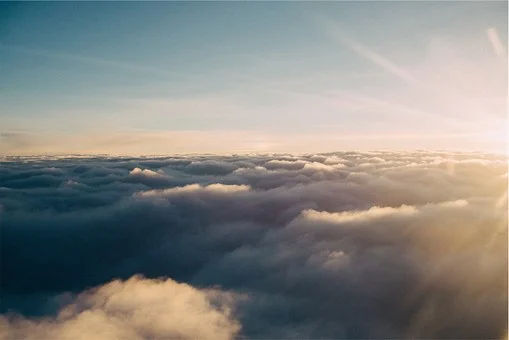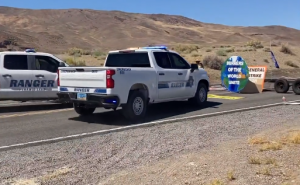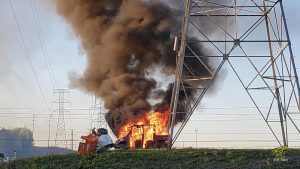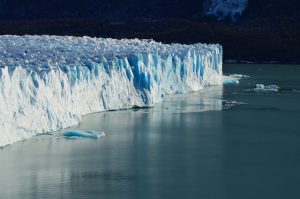The hole in
the ozone layer is “larger than usual” this year, scientists monitoring it have
said, adding that it is currently bigger than Antarctica. The ozone hole, which
develops annually, is growing at an increased pace and is bigger than
three-fourths of all holes at this part of the year monitored since 1979, experts
from the Copernicus Atmosphere Monitoring Service said.
The ozone
layer acts as a natural sunscreen for the Earth and keeps out ultraviolet radiation
from the sun. Located about 11-40 kilometres above the Earth’s surface in the
stratosphere, it develops a hole during the late winter months of the southern
hemisphere every year as together with active forms of chlorine and bromide
derived from human made substances, the sun causes cause ozone-depleting
reactions.
Also Read | World Ozone Day 2021: What humans can do to prevent ozone layer depletion
Researchers
at Copernicus have issued a statement, saying this year’s ozone hole “has evolved
into a rather larger than usual one,” The Guardian reported. Speaking to the
outlet, Copernicus director Vincent-Henri Paul said, “We cannot really say at
this stage how the ozone hole will evolve. However, the hole of this year is
remarkably similar to the one of 2020, which was among the deepest and the
longest-lasting – it closed around Christmas – in our records since 1979.”
“The 2021
ozone hole is now among the 25% largest in our records since 1979, but the
process is still under way. We will keep monitoring its development in the next
weeks.”
Also Read | Humanity is doomed: Young people on climate change
Paul said
that a larger or smaller than usual hole in the ozone layer could warrant special
research to understand reasons behind the specific event.
Scientists
have agreed that the depletion in the ozone layer is caused by human-made gases
called CFCs, first developed in the 1930s for use in refrigerators, air
conditioners and as propellants in aerosol cans. Being inert and stable compounds,
they can easily travel above the Earth’s surface to reach the stratosphere,
where they are broken down by the high-energy ultraviolet radiations and in
turn destroy ozone.
Also Read | Days over 50°C have doubled since 1980s: Study
CFCs have
been banned in 197 countries in the world, and since the ban, the ozone layer
has shown signs of recovery. However, it is a slow process and will take until
the 2060s or 70s to completely eradicate the ozone-eating substances.







